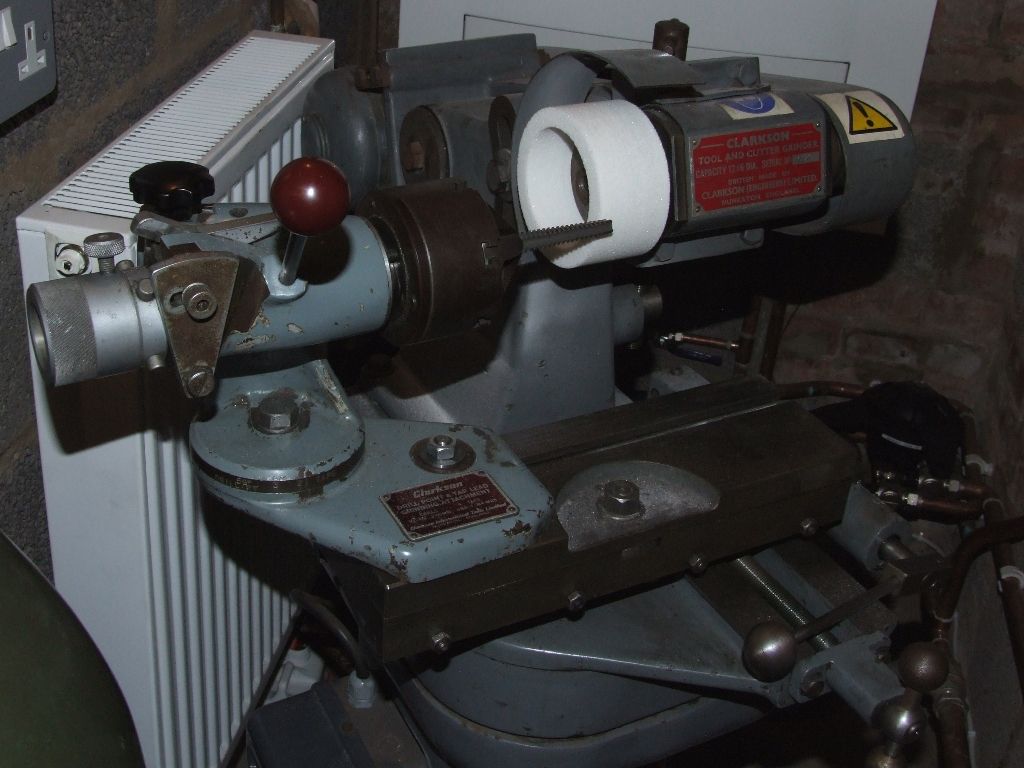Posted by AdrianR on 21/05/2019 19:37:30:
Hmm tapping compound, when I was at school we had a pot of tallow, and happily my father had a similar card board pot too. I have used lard in the past, but since my move all I have is neat oil.
I have seen people mention Trefolex and Rocal any other suggestions?
Regarding tapping drill size. For M6 I have two books, one says 5.6mm the other 5.3mm. I am tapping a 19mm deep hole so chose the 5.6mm to reduce the thread percentage and make tapping easier. For relatively deep holes what percentage thread would you use?
Tapping compound – always a good idea to use something! I use CT-90 because it's what my local place keeps on the shelf. The modern mixtures have somewhat better heat, pressure and lubricating properties than old-school organic recipes. They are also unlikely to be a biohazard. In the old days lard etc would rot and cause painful infections via a scratch.
For tapping drill sizes, how strong do you need the connection to be? The average bolt isn't heavily loaded, and when more strength is needed it might be easier to use a bigger one than a close fitting thread. Production tends to avoid tight threads because making them wears out tools and slows down assembly.
Most of the time I use over-size tapping holes. However, rarely – when strength or safety matters – I use the recommended tight drill. Not often because I'm not bolting wings on airliners!
I don't think the depth of the hole makes much difference to choice of tapping drill diameter. Surprisingly few threads are needed to achieve full-strength. Perhaps 4. After that, additional threads in a deep hole don't add more strength. So, it's the same decision: if maximum strength is needed, drill for tight threads and accept the tap will wear faster and is more likely to break, otherwise drill larger holes to favour the tap.
Dave
Raymond Anderson.





